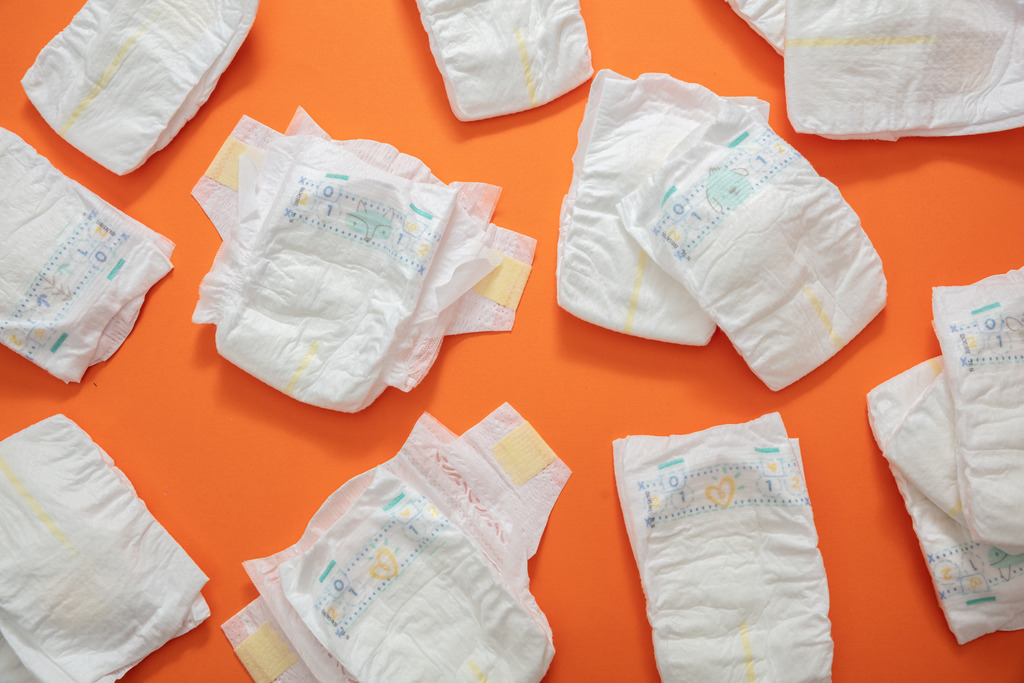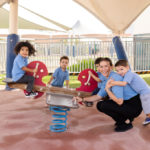Urinary and fecal continence is an important developmental milestone. It is the ability to void and defecate at a time and place of the person’s choosing. This is an essential building block of human societies. For modern childhood, it has significant childcare and schooling implications. Many institutions will not accept children unless they are toilet trained, especially after a certain age.
When is Bedwetting Considered Medically Unacceptable?
Typically, most developing children will achieve this target by the age of 3-4 years old. Usually, fecal control is achieved before urinary control – but this can vary. Beyond five years of age, it is considered medically unacceptable and active treatment should be sought. This is applicable even for bedwetting, which is one of the common forms of incontinence in children.
How to differentiate between Incontinence in Children and Normal Bedwetting? How to Deal with It?
Bedwetting is so common it affects 10-15% of seven years old. It can either be an isolated problem or accompanied by other symptoms such as daytime urinary symptoms such as wetting, urgency (unusually strong or sudden desire to urinate) or frequency (voiding too often). When it is an isolated problem, two common treatments are usually applied: one is a medication called desmopressin, which acts to reduce urine production overnight. The other is the bedwetting alarm, the function of which is to link waking up with voiding; by producing a sound and a vibration every time, it senses moisture in the child’s clothes overnight.
Either of these treatments have a success rate of around 70%. Results with desmopressin are usually immediate; but recurrence rates are higher after stopping treatment. From the perspective of a pediatric urologist, I favor the bedwetting alarm. It is a social solution to an essentially social problem. It avoids the rare but potentially serious side effects of medications. It also addresses the abnormal sleep pattern which is believed to be the core problem when it comes to bedwetting. While children with bedwetting have been found to produce more urine overnight and have smaller “functional” bladders (the amount or urine that a bladder can contain without generating abnormal urgency sensation); both are controlled by the brain and are related to the abnormal sleep pattern that these children have.
Why is Bedwetting Mostly Related to an Abnormal Sleep Pattern?
There are multiple reasons. Firstly, children who are cured by the alarm don’t wake up during the night to keep themselves dry after they are cured; their brains just start to control urine production and bladder capacity in a better way. Secondly, let’s think about the normal link between sleep and urination. If a normal person had eaten a spicy meal late in the day; and therefore, had to drink a lot of fluid late at night, their urine production overnight will be more than their bladder can hold but they would not wet the bed. The brain will wake them up and urge them to go to the bathroom to empty their bladder.
The bedwetting alarm is a moisture sensor placed as close to the private parts of the child as possible ensuring to place it on the on the underwear. If the sensor is immediately on the skin, it will be triggered by sweating. When it senses moisture (urine), it is triggered, and it will make a sound – some models also vibrate. The bedwetting alarm trains the brain to establish the link between voiding the bladder and waking up. This is like acquiring a new habit. Acquiring habits takes time, so it is important not to expect immediate results. We typically implement the alarm for 12 weeks but expect to see some results within two. Recurrence after stopping treatment is unusual.
As the basic concept behind a bed alarm is training to acquire a new habit, consistency is key. The alarm should be applied whenever the child is asleep. Other things that can help in acquiring this new “habit” is getting the child involved. Evidence suggests that if children apply the alarm by themselves, they are more likely to wake up when it sounds, and the treatment is therefore more likely to work. Also, maintaining a positive attitude helps, i.e. the treatment is more likely to work if you and your child are convinced it will. If you are skeptical, you are less likely to comply with treatment and this will make it less likely to work.
It is also important to remember a few practical points when it comes to using the bed alarm. First, at least for the initial week or two, the child will not be the first to wake up to the alarm. Someone else (preferably a parent) will wake up and then wake the child up and take them to the toilet. Second, it is important that the child is woken up every time the alarm is triggered, even if it does so multiple times throughout the night. Every time this happens, the clothes and sheets should be changed, and the alarm should be reapplied on dry clothes.
Tips to Help Child Avoid Bedwetting
General measures that can help with bedwetting need to be followed as well, i.e. not drinking any fluids for the last two hours before going to bed. Some children will feel thirst due to dry mouth, not due to needing fluid. To alleviate that, it is better to give them water in smaller amounts, such as with a spoon, still ensuring the bladder is empty before going to bed. Children who take time to fall asleep might benefit by voiding a second time, 30 minutes or so after going to bed. It is not recommended that you wake the child randomly during the night to void. If you are using diapers or pull ups, you can continue to do so but the alarm sensor needs to be applied inside the diaper (between the diaper and the underwear).
Bedwetting alarms can be purchased online for 100-300 dirhams and can be used for multiple children; thus, making them the cheapest and safest treatment available. Multiple brands and designs are available, and the choice is really that of the family. I have made an educational video about how to use one of these brands and it is available in Arabic with English subtitles for viewing on this link. Fecal incontinence is also a very common condition – even in adults. Medically speaking, it should never be ignored – especially after the age of five years. Causes vary, although severe constipation presenting itself as pseudo-incontinence or so called “over-flow diarrhea” is common in children. Assessment and treatment is complex and requires specialized expertise.
Delaying treatment risks missing an important medical diagnosis. Delayed treatment is delayed cure. Also, it runs the risk of the child normalizing incontinence and therefore treatment becoming more difficult. These formative years serve as the foundation and building blocks of your child’s future and are meant to be some of the happiest years of their life.
Authored
by Dr. Muhammad Eyad M. Ba’ath,
Consultant Pediatric Surgeon
Mubadala Health Dubai







I loved as much as youll receive carried out right here The sketch is tasteful your authored material stylish nonetheless you command get bought an nervousness over that you wish be delivering the following unwell unquestionably come more formerly again since exactly the same nearly a lot often inside case you shield this hike
Whoa! Is yy567gamevipfree actually working? Gotta try this out and see if those free VIP perks are legit! This could be awesome! More info here: yy567gamevipfree
Recently started trying out BMW33. A few things that I really liked and found entertaining games. Have a look yourself bmw33.
Thanks for your personal marvelous posting! I really enjoyed reading it,
you may be a great author. I will be sure to bookmark your blog
and will come back later in life. I want to encourage one to continue
your great work, have a nice holiday weekend!